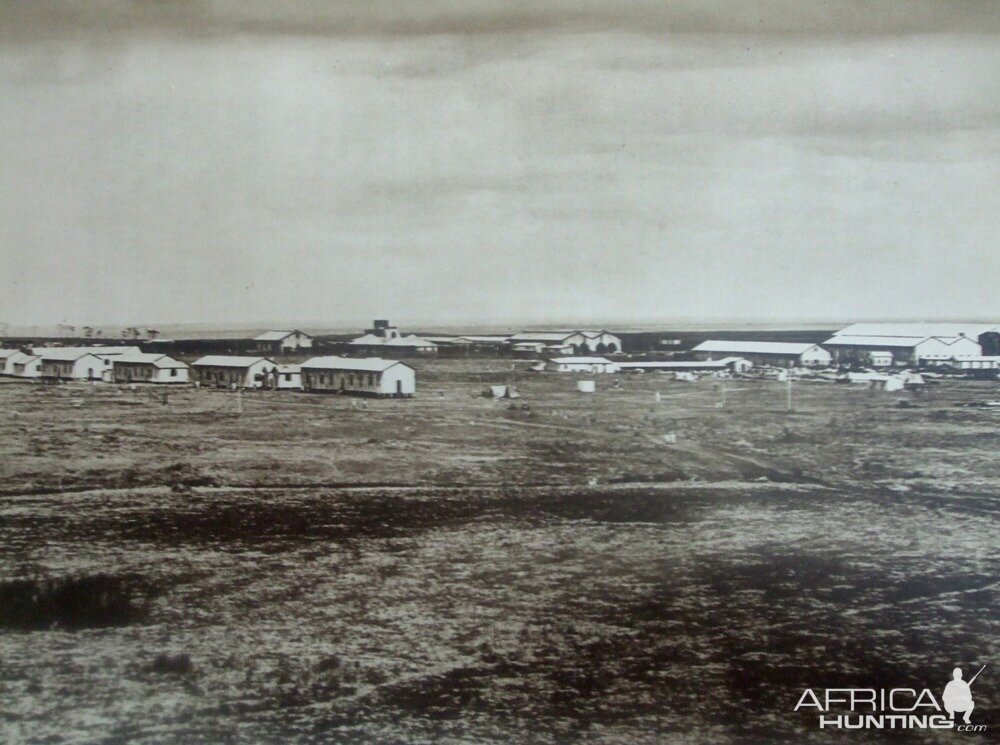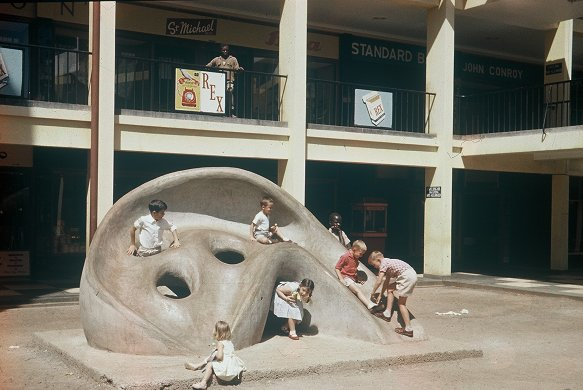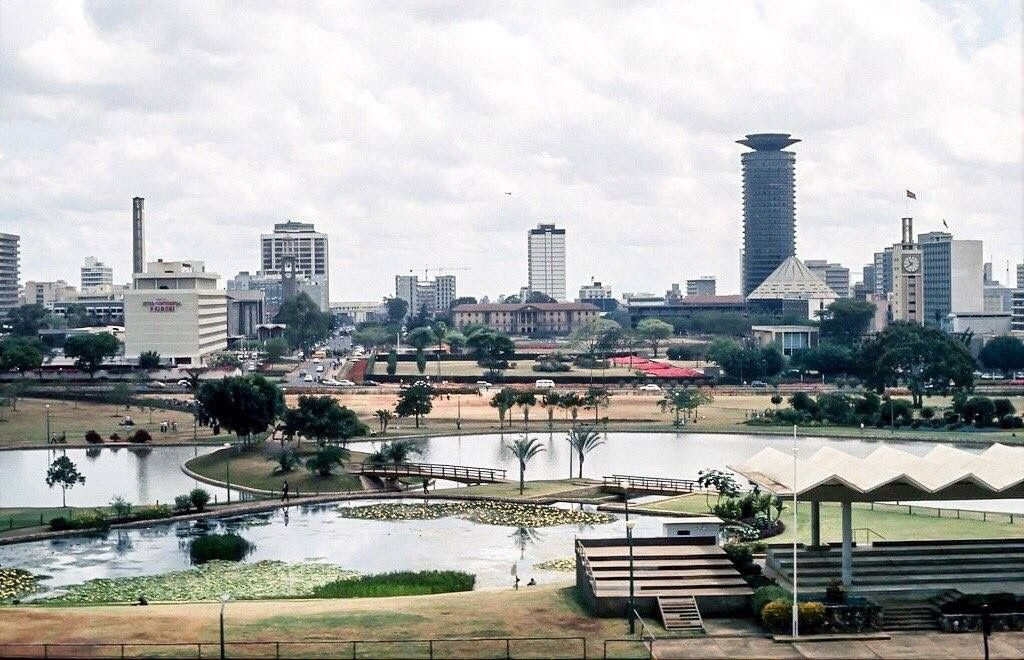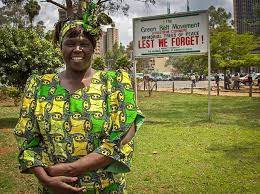
In 1899, Joseph Conrad in Heart of Darkness, described events in the Congo as “the vilest scramble for loot that ever disfigured the history of human conscience”
Little did he know.
1/
The story of the Congo is one of untold suffering and spectacular plunder.
---Long Thread---
Little did he know.
1/
The story of the Congo is one of untold suffering and spectacular plunder.
---Long Thread---
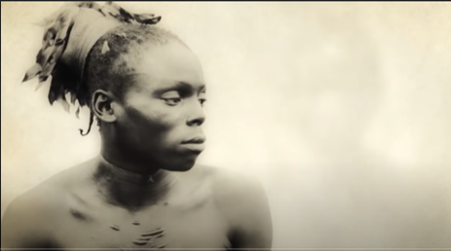
2/
Home to the 2ⁿᵈ largest rainforest (65% forest cover) & 2ⁿᵈ largest river in the world, the DRC is roughly the size of Western Europe with a pop'n of 84mn and a GDP of $50bn.
The value of Congo’s natural resources is estimated at $24tn, greater than the US’ $20tn GDP.
Home to the 2ⁿᵈ largest rainforest (65% forest cover) & 2ⁿᵈ largest river in the world, the DRC is roughly the size of Western Europe with a pop'n of 84mn and a GDP of $50bn.
The value of Congo’s natural resources is estimated at $24tn, greater than the US’ $20tn GDP.

3/
Africa’s 2ⁿᵈ largest country has 10% of the world’s copper, 30% of diamonds, 80% of Coltan, 50% of Cobalt and 12% of hydro-electric capacity.
Mining ($11.6bn) accounted for 95% of exports, 28% of revenue, 20% of GDP & 11% of the workforce in 2016.
britannica.com/place/Democrat…
Africa’s 2ⁿᵈ largest country has 10% of the world’s copper, 30% of diamonds, 80% of Coltan, 50% of Cobalt and 12% of hydro-electric capacity.
Mining ($11.6bn) accounted for 95% of exports, 28% of revenue, 20% of GDP & 11% of the workforce in 2016.
britannica.com/place/Democrat…

4/
The Congo has powered the western world for centuries:
From supplying slaves for sugarcane plantations, rubber for the pneumatic tire, uranium for the atomic bomb to coltan for mobile devices and today, 60% of the Cobalt for lithium-ion batteries.
bbc.com/news/magazine-…
The Congo has powered the western world for centuries:
From supplying slaves for sugarcane plantations, rubber for the pneumatic tire, uranium for the atomic bomb to coltan for mobile devices and today, 60% of the Cobalt for lithium-ion batteries.
bbc.com/news/magazine-…
5/
It began with the slave trade in the Kongo kingdom by the Portuguese in the 1480s.
Initially, Kongolese nobles aided the trade but when the Portuguese started abducting everyone, King Afonso I of Kongo protested to Portuguese King Joao III in 1526
sahistory.org.za/article/kingdo…
It began with the slave trade in the Kongo kingdom by the Portuguese in the 1480s.
Initially, Kongolese nobles aided the trade but when the Portuguese started abducting everyone, King Afonso I of Kongo protested to Portuguese King Joao III in 1526
sahistory.org.za/article/kingdo…
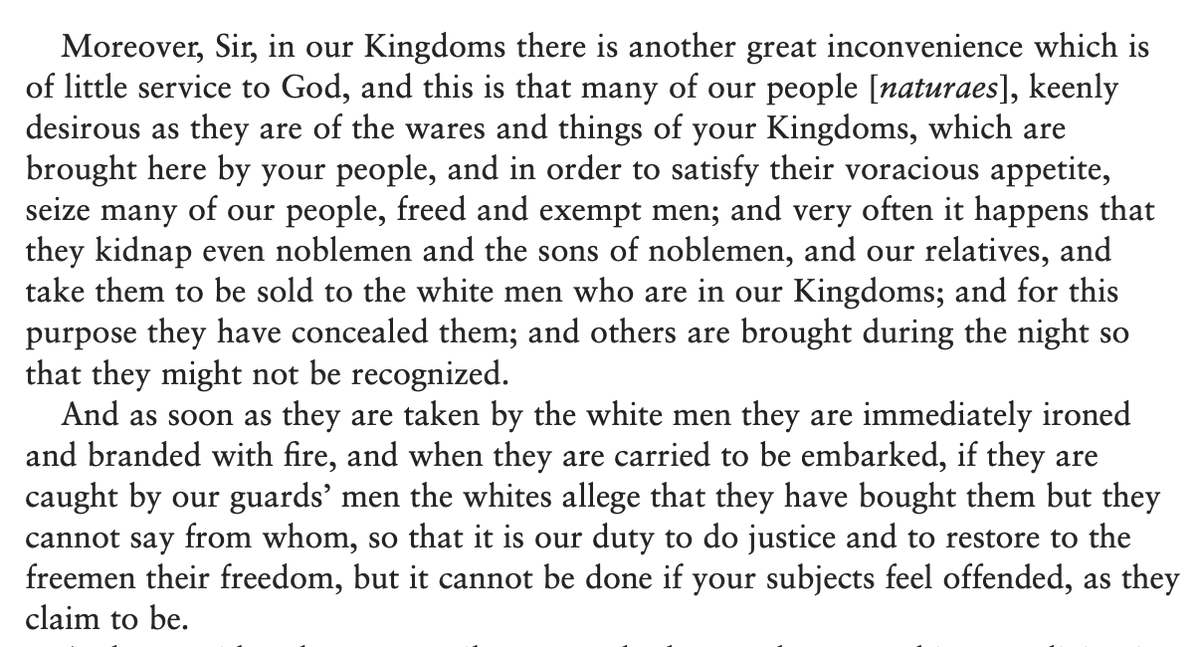
6/
The bedrock for the plunder of the Congo, however, was laid in 1877 by Sir Henry Morton Stanley, whose expedition was sponsored by King Leopold II of Belgium.
He spoke of a land full of fabulous riches and organised a private army that became the dreaded Force Publique.
The bedrock for the plunder of the Congo, however, was laid in 1877 by Sir Henry Morton Stanley, whose expedition was sponsored by King Leopold II of Belgium.
He spoke of a land full of fabulous riches and organised a private army that became the dreaded Force Publique.
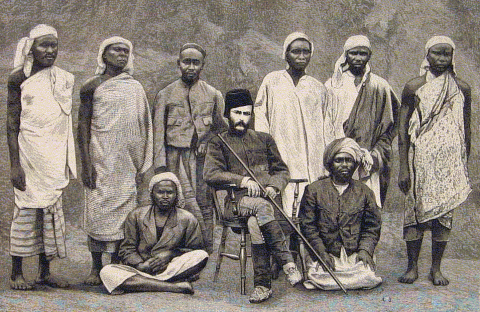
7/
Stanley found local tribes weakened by centuries of slave-hunting raids by traders like Zanzibari Tippu Tip, and proceeded to trick local chiefs into signing away concessions on land, waterways and forests in return for cloth, trinkets, beads and gin.

Stanley found local tribes weakened by centuries of slave-hunting raids by traders like Zanzibari Tippu Tip, and proceeded to trick local chiefs into signing away concessions on land, waterways and forests in return for cloth, trinkets, beads and gin.

8/
At the Berlin Conference of 1885, the Congo was handed to a charity run by King Leopold under the pretext of “stopping slavery”
Leopold had finally gotten a chunk of what he termed "magnifique gâteau africain" (magnificent African cake) and he named it the “Congo Free State.”
At the Berlin Conference of 1885, the Congo was handed to a charity run by King Leopold under the pretext of “stopping slavery”
Leopold had finally gotten a chunk of what he termed "magnifique gâteau africain" (magnificent African cake) and he named it the “Congo Free State.”

9/
Leopold initially focused on ivory but later granted concessions to European Co.s to exploit the Congo.
One of these was Huileries du Congo Belge, a subsidiary of Lever Brothers (later Unilever), which got 1.9mn acres for oil palm plantations.
grain.org/article/entrie….
Leopold initially focused on ivory but later granted concessions to European Co.s to exploit the Congo.
One of these was Huileries du Congo Belge, a subsidiary of Lever Brothers (later Unilever), which got 1.9mn acres for oil palm plantations.
grain.org/article/entrie….
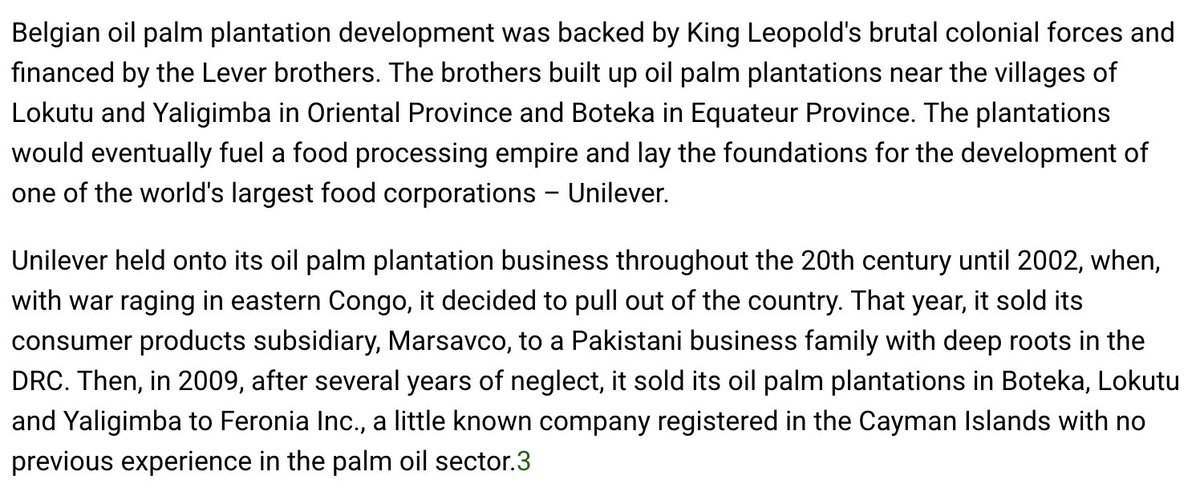
10/
Leopold utilized the 19,000-strong Force Publique (FP) to great effect in terrorising the populace into subservience.
Some FP were orphans, some foreigners and others were Zappo Zap – a savage group of cannibalistic mercenaries.
FP became the Congolese Army at independence.
Leopold utilized the 19,000-strong Force Publique (FP) to great effect in terrorising the populace into subservience.
Some FP were orphans, some foreigners and others were Zappo Zap – a savage group of cannibalistic mercenaries.
FP became the Congolese Army at independence.

11/
In 1898, John Dunlop invented the pneumatic tire and demand for rubber spiked.
‘Workers’ who missed rubber quotas were whipped with the chicotte, had their hands severed or were killed and those that did, got pieces of cloth or spoonfuls of salt.
bbc.com/news/business-…
In 1898, John Dunlop invented the pneumatic tire and demand for rubber spiked.
‘Workers’ who missed rubber quotas were whipped with the chicotte, had their hands severed or were killed and those that did, got pieces of cloth or spoonfuls of salt.
bbc.com/news/business-…
12/
Over 10 million Congolese died during King Leopold’s reign in the Congo and he made over $1.1bn, hiding the fortune in foundations, Swiss accounts, shell companies and properties on the French Riviera.
He ceded control in 1908 and died in 1909.
britannica.com/biography/Leop…
Over 10 million Congolese died during King Leopold’s reign in the Congo and he made over $1.1bn, hiding the fortune in foundations, Swiss accounts, shell companies and properties on the French Riviera.
He ceded control in 1908 and died in 1909.
britannica.com/biography/Leop…
13/
Leopold essentially privatised the Congo, and the “government as a system of organised plunder” that he established served the Belgian colonialists and post-independence regimes very well.
At independence, there were only about 20 college graduates.

Leopold essentially privatised the Congo, and the “government as a system of organised plunder” that he established served the Belgian colonialists and post-independence regimes very well.
At independence, there were only about 20 college graduates.
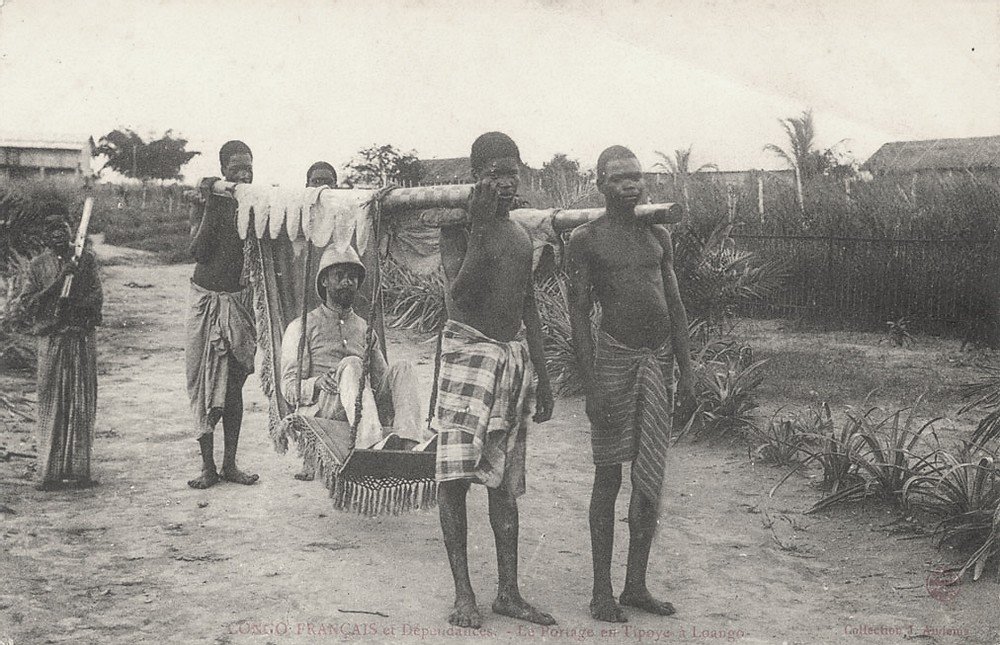
14/
During WWI, 75% of the copper used in brass bullet casings came from the Congo and so did most of the uranium used during WWII, including in the atomic bomb that was dropped on Hiroshima.
atomicheritage.org/history/uraniu….
During WWI, 75% of the copper used in brass bullet casings came from the Congo and so did most of the uranium used during WWII, including in the atomic bomb that was dropped on Hiroshima.
atomicheritage.org/history/uraniu….
15/
Congo’s Shinkolobwe mine, the source for nearly all of the uranium used in the atomic bomb Manhattan Project, was the richest in the world with its ore averaging 65% uranium oxide compared to American or Canadian ore, which contained less than 1%.
bbc.com/future/article…
Congo’s Shinkolobwe mine, the source for nearly all of the uranium used in the atomic bomb Manhattan Project, was the richest in the world with its ore averaging 65% uranium oxide compared to American or Canadian ore, which contained less than 1%.
bbc.com/future/article…
16/
Just before independence in 1960, the Belgians poured concrete down the Shinkolobwe mineshaft, closed off the pit and took off with the equipment to prevent anyone else, including the Congolese, from accessing the uranium in the mine.
scientificamerican.com/article/a-radi…
Just before independence in 1960, the Belgians poured concrete down the Shinkolobwe mineshaft, closed off the pit and took off with the equipment to prevent anyone else, including the Congolese, from accessing the uranium in the mine.
scientificamerican.com/article/a-radi…
17/
At Congo’s independence in 1960, King Baudouin of Belgium praised the genius of King Leopold, but Prime Minister Patrice Lumumba was having none of it and made his outrage known immediately.
Lumumba was already a marked man and this episode took him to the top of the list.
At Congo’s independence in 1960, King Baudouin of Belgium praised the genius of King Leopold, but Prime Minister Patrice Lumumba was having none of it and made his outrage known immediately.
Lumumba was already a marked man and this episode took him to the top of the list.
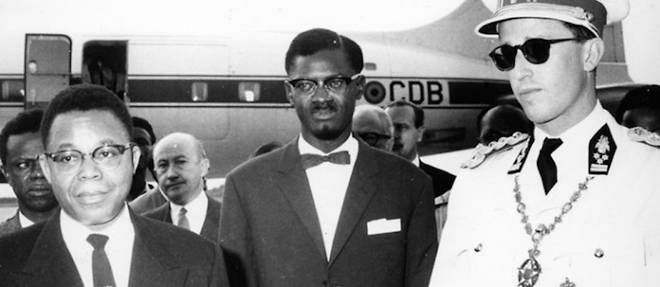
18/
The US was particularly agitated by Lumumba’s fervent nationalism (even calling him 'Lumumbavitch') and along with the UN, the UK & Belgium, helped chief of staff Joseph-Désiré Mobutu arrest, torture and execute Lumumba in Lubumbashi on Jan 17, 1961.
theguardian.com/global-develop…
The US was particularly agitated by Lumumba’s fervent nationalism (even calling him 'Lumumbavitch') and along with the UN, the UK & Belgium, helped chief of staff Joseph-Désiré Mobutu arrest, torture and execute Lumumba in Lubumbashi on Jan 17, 1961.
theguardian.com/global-develop…
19/
The UN under Dag Hammarskjöld provided choppers to track down Lumumba and shut down radio stations to prevent him from appealing for help from his countrymen.
Hammarskjöld died in a plane crash on his way from Katanga in September 1961.
jacobinmag.com/2020/01/patric…
The UN under Dag Hammarskjöld provided choppers to track down Lumumba and shut down radio stations to prevent him from appealing for help from his countrymen.
Hammarskjöld died in a plane crash on his way from Katanga in September 1961.
jacobinmag.com/2020/01/patric…
20/
Soon after independence, the Belgians tried to engineer the Secession of Katanga Province under Moïse Tshombe, to serve their commercial interests.
Three years later in 1963, UN & US forces defeated the Katangan military and Tshombe stepped down as president of Katanga.
Soon after independence, the Belgians tried to engineer the Secession of Katanga Province under Moïse Tshombe, to serve their commercial interests.
Three years later in 1963, UN & US forces defeated the Katangan military and Tshombe stepped down as president of Katanga.
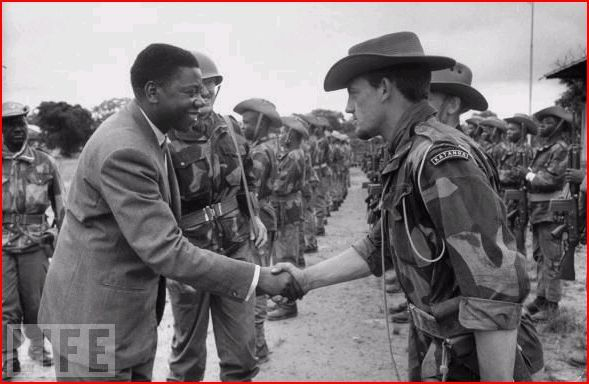
21/
In 1964, rebellions erupted in the east leading to the intervention of mercenaries from the UK, US, Belgium, ‘Rhodesia’ and South Africa.
In response, radical African states including Algeria and Egypt reached out to Cuba, which sent in Che Guevara.
jacobinmag.com/2017/04/che-gu…
In 1964, rebellions erupted in the east leading to the intervention of mercenaries from the UK, US, Belgium, ‘Rhodesia’ and South Africa.
In response, radical African states including Algeria and Egypt reached out to Cuba, which sent in Che Guevara.
jacobinmag.com/2017/04/che-gu…
22/
Che reached out to China leading to Premier Zhou Enlai meeting with a young Laurent-Désiré Kabila in Tanzania in 1965.
Che had already agreed to help the rebels and spoke about the Congo at the 1964 UN General Assembly.
UNGA Speech: marxists.org/archive/guevar…
Che reached out to China leading to Premier Zhou Enlai meeting with a young Laurent-Désiré Kabila in Tanzania in 1965.
Che had already agreed to help the rebels and spoke about the Congo at the 1964 UN General Assembly.
UNGA Speech: marxists.org/archive/guevar…
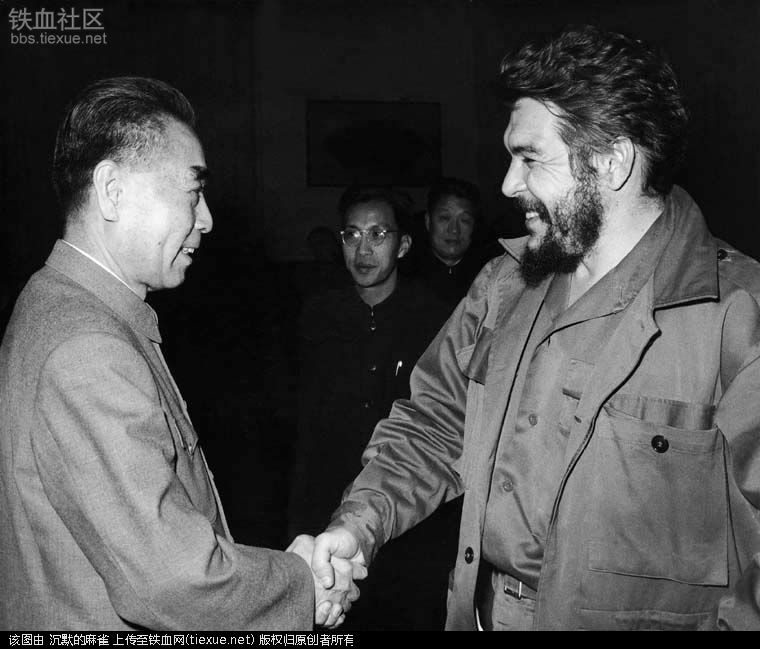
23/
In an abortive attack on a Congolese Army garrison at Bendera in June 1965, the Tutsi rebel soldiers fled, the Congolese refused to fight, and 4 Cubans were killed.
Sensing the futility of it all, Che left the Congo in Nov 1965.
Meanwhile, Mobutu seized power in Kinshasa.
In an abortive attack on a Congolese Army garrison at Bendera in June 1965, the Tutsi rebel soldiers fled, the Congolese refused to fight, and 4 Cubans were killed.
Sensing the futility of it all, Che left the Congo in Nov 1965.
Meanwhile, Mobutu seized power in Kinshasa.

24/
A US president once said of Nicaraguan dictator, Anastasio Somoza: “Somoza may be a son of a bitch, but he’s our son of a bitch.”
In Mobutu, the US found their African Somoza and proceeded to prop him up from 1965 until the cold war ended in 1991.
theatlantic.com/magazine/archi…



A US president once said of Nicaraguan dictator, Anastasio Somoza: “Somoza may be a son of a bitch, but he’s our son of a bitch.”
In Mobutu, the US found their African Somoza and proceeded to prop him up from 1965 until the cold war ended in 1991.
theatlantic.com/magazine/archi…
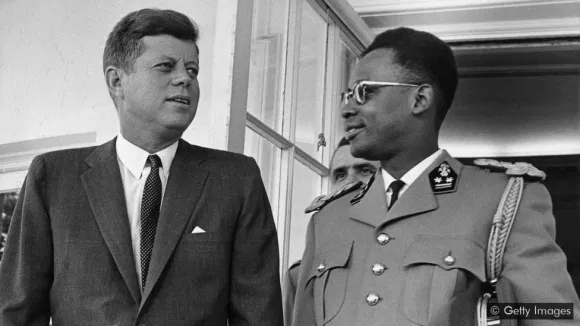

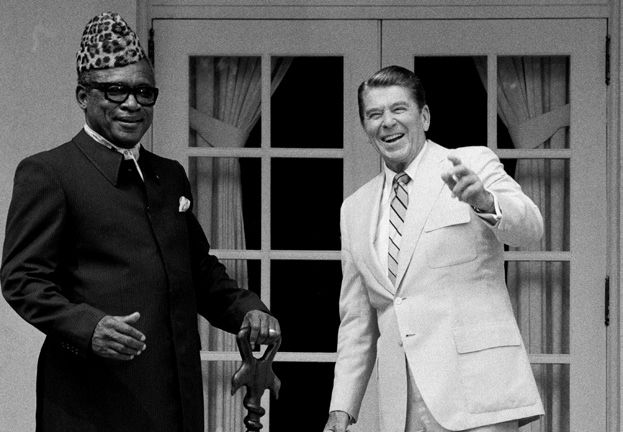
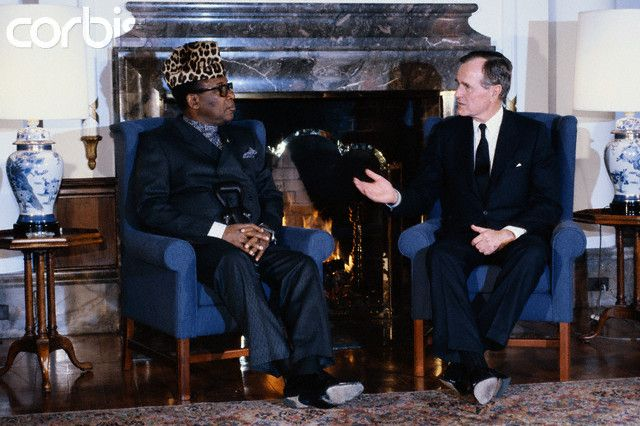
25/
Dissidents were tortured or bought off, ministers stole entire budgets, the government atrophied.
The west allowed Mobutu’s regime to borrow billions, which were stolen, and provided military and donor support to keep him in power as they looted.
bbc.com/news/magazine-…
Dissidents were tortured or bought off, ministers stole entire budgets, the government atrophied.
The west allowed Mobutu’s regime to borrow billions, which were stolen, and provided military and donor support to keep him in power as they looted.
bbc.com/news/magazine-…
26/
Mobutu stole $4bn+, built his Versailles at Gbadolite and acquired 33 properties including a villa on the French Riviera close to Leopold II’s chateau.
The economy shrank 60%, inflation hit 23,000% & living standards fell to pre-independence levels.
movies2.nytimes.com/library/world/…
Mobutu stole $4bn+, built his Versailles at Gbadolite and acquired 33 properties including a villa on the French Riviera close to Leopold II’s chateau.
The economy shrank 60%, inflation hit 23,000% & living standards fell to pre-independence levels.
movies2.nytimes.com/library/world/…
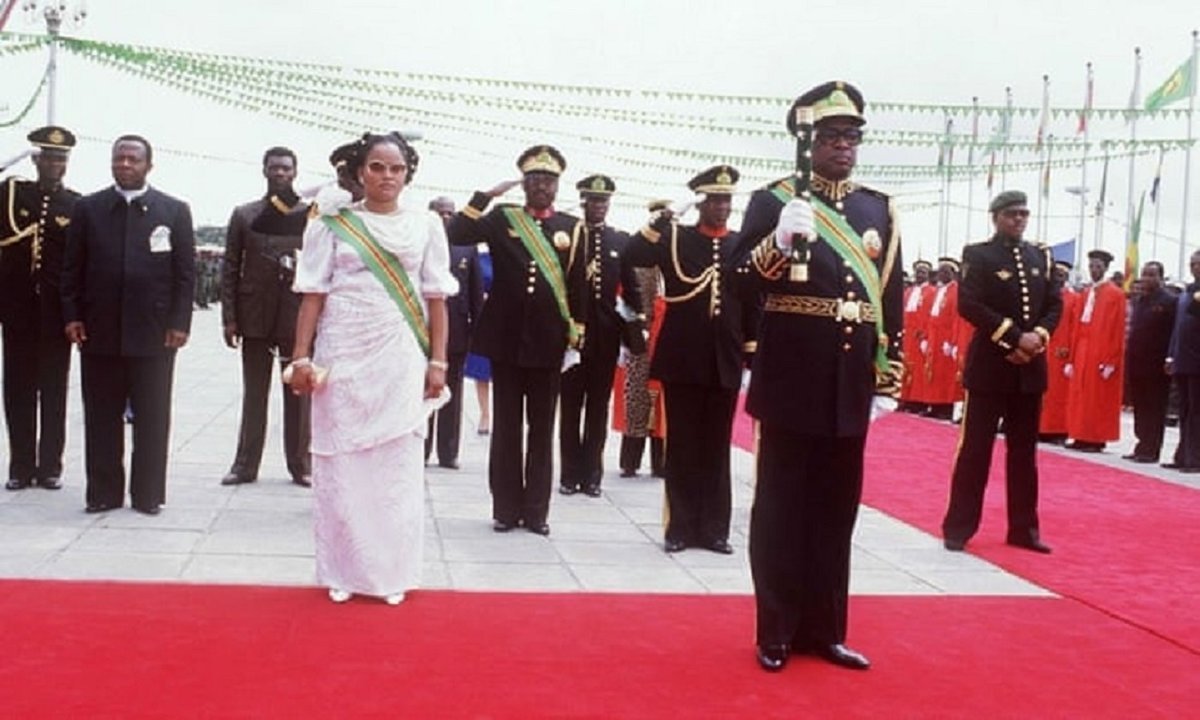
27/
But not everyone in the Congo hated Mobutu. The residents of Gbadolite still reminisce about the development he brought to them – a hydro-electric plant, hotels, offices and even a Coca Cola bottling plant with a capacity for 80,000 bottles a month
But not everyone in the Congo hated Mobutu. The residents of Gbadolite still reminisce about the development he brought to them – a hydro-electric plant, hotels, offices and even a Coca Cola bottling plant with a capacity for 80,000 bottles a month
28/
Among those that visited the palace at Gbadolite were Pope John Paul II, the Belgian king, French president Valéry Giscard d’Estaing, UN SG Boutros-Boutros Ghali, televangelist Pat Robertson, David Rockefeller and CIA Director William Casey.
theguardian.com/cities/2015/fe…
Among those that visited the palace at Gbadolite were Pope John Paul II, the Belgian king, French president Valéry Giscard d’Estaing, UN SG Boutros-Boutros Ghali, televangelist Pat Robertson, David Rockefeller and CIA Director William Casey.
theguardian.com/cities/2015/fe…
29/
In 1996, the Rwandan Patriotic Front initiated action against former genocidaires hiding in the Congo and destabilizing the border region.
This culminated in a Laurent-Désiré Kabila-led invasion and marked the beginning of the First Congo War.
en.wikipedia.org/wiki/First_Con…
In 1996, the Rwandan Patriotic Front initiated action against former genocidaires hiding in the Congo and destabilizing the border region.
This culminated in a Laurent-Désiré Kabila-led invasion and marked the beginning of the First Congo War.
en.wikipedia.org/wiki/First_Con…
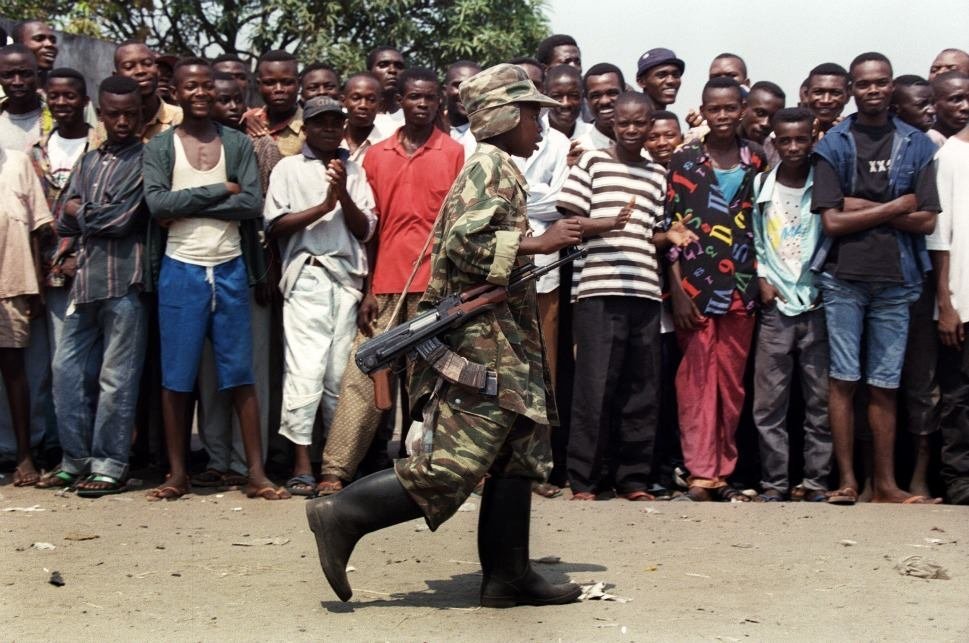
30/
Terminally ill, abandoned by the west and facing a Kabila-led rebellion, Marshal Mobutu fled to Morocco in 1997 where he died of prostate cancer aged 66.
Kabila took over and replaced Mobutu's patronage network with his very own, backed by the US, Rwanda, Uganda & Angola.
Terminally ill, abandoned by the west and facing a Kabila-led rebellion, Marshal Mobutu fled to Morocco in 1997 where he died of prostate cancer aged 66.
Kabila took over and replaced Mobutu's patronage network with his very own, backed by the US, Rwanda, Uganda & Angola.

31/
Once in power, Kabila hesitated to pay off Mobutu-era debt, reneged on contracts signed during the march to Kinshasa, limited foreign Co. access to minerals & openly showed his irritation at his Rwandan allies.
He had to go.
newint.org/features/2004/…
nytimes.com/2000/02/06/wor…
Once in power, Kabila hesitated to pay off Mobutu-era debt, reneged on contracts signed during the march to Kinshasa, limited foreign Co. access to minerals & openly showed his irritation at his Rwandan allies.
He had to go.
newint.org/features/2004/…
nytimes.com/2000/02/06/wor…
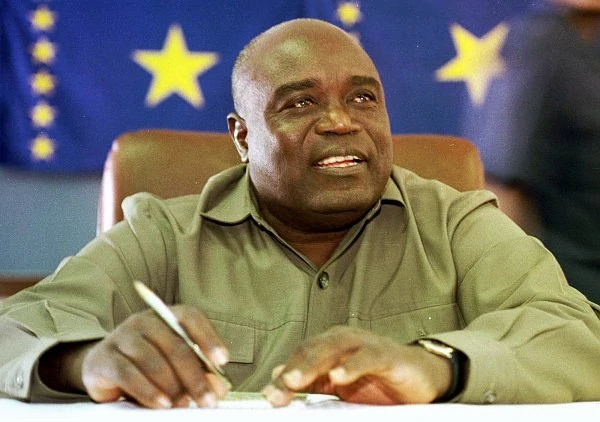
32/
When Rwanda attempted to topple Kabila in 1998, Angolan, Zimbabwean, Sudanese and Namibian troops intervened, touching off the second Congo War.
Kabila was felled by a bodyguard’s bullet in 2001 and his son Joseph Kabila installed as president.
reliefweb.int/report/angola/…
When Rwanda attempted to topple Kabila in 1998, Angolan, Zimbabwean, Sudanese and Namibian troops intervened, touching off the second Congo War.
Kabila was felled by a bodyguard’s bullet in 2001 and his son Joseph Kabila installed as president.
reliefweb.int/report/angola/…

33/
By 2016, the Kabila family had amassed a $750mn fortune, owned diamond permits covering 450 miles of territory and had racked up ownership in scores of companies in various sectors of the economy including two airlines.
bloomberg.com/news/features/…
By 2016, the Kabila family had amassed a $750mn fortune, owned diamond permits covering 450 miles of territory and had racked up ownership in scores of companies in various sectors of the economy including two airlines.
bloomberg.com/news/features/…
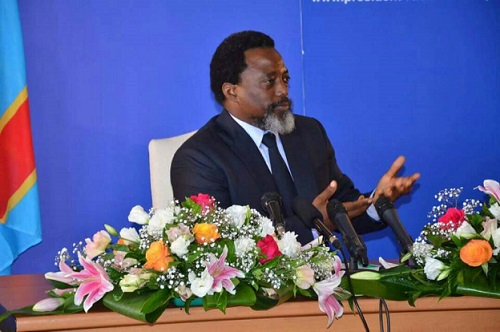
34/
Kabila continued with the Mobutu strategy of handing a free rein to his military, underpaying them and letting them get away with crimes against civilians
This led to millions in the east dying from conflict, disease, hunger and forced labor.
france24.com/en/20101015-co…
Kabila continued with the Mobutu strategy of handing a free rein to his military, underpaying them and letting them get away with crimes against civilians
This led to millions in the east dying from conflict, disease, hunger and forced labor.
france24.com/en/20101015-co…
35/
With the army out of control, the rule of law largely non-existent and the rest of the world clamouring for a piece of Congo’s riches, Eastern Congo became a warlords’ paradise, with many backed by neighbouring countries and foreign profiteers.
reliefweb.int/report/democra…
With the army out of control, the rule of law largely non-existent and the rest of the world clamouring for a piece of Congo’s riches, Eastern Congo became a warlords’ paradise, with many backed by neighbouring countries and foreign profiteers.
reliefweb.int/report/democra…
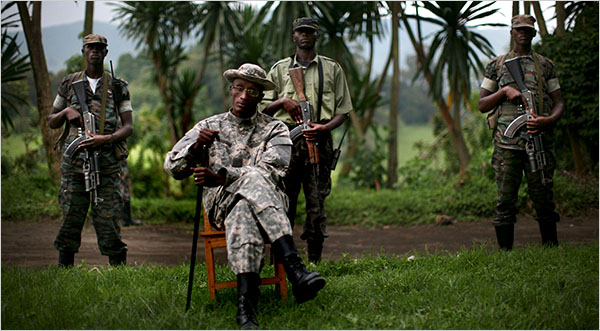
36/
Meanwhile, Rwandan, Zimbabwean and Ugandan forces ransacked and pillaged minerals in the eastern region while also funding the rebel groups in the area.
At one point, Rwanda even claimed part of the eastern territory as being historically Rwandan.
newint.org/features/2004/…
Meanwhile, Rwandan, Zimbabwean and Ugandan forces ransacked and pillaged minerals in the eastern region while also funding the rebel groups in the area.
At one point, Rwanda even claimed part of the eastern territory as being historically Rwandan.
newint.org/features/2004/…
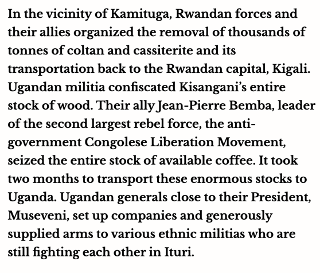
37/
Rebels overran Congo's parks, clearing forests, killing rangers and leaving a swathe of destruction in their wake.
In Virunga, Africa's oldest national park, rebels murdered over 150 rangers as they sought territory, animal trophies and charcoal.
abcnews.go.com/Nightline/stor…
Rebels overran Congo's parks, clearing forests, killing rangers and leaving a swathe of destruction in their wake.
In Virunga, Africa's oldest national park, rebels murdered over 150 rangers as they sought territory, animal trophies and charcoal.
abcnews.go.com/Nightline/stor…

38/
Atrocities
Since 1996, civilians have borne the brunt of the endless armed conflicts, more-so the women and children.
By 2008, an estimated 5.4mn people had died/been killed, over 1.8mn women had been raped and today, over 4.5mn people displaced.
washingtonpost.com/news/monkey-ca…
Atrocities
Since 1996, civilians have borne the brunt of the endless armed conflicts, more-so the women and children.
By 2008, an estimated 5.4mn people had died/been killed, over 1.8mn women had been raped and today, over 4.5mn people displaced.
washingtonpost.com/news/monkey-ca…
39/
Unimaginable horror
In 2002, JP Bemba's MLC rebels hunted, cooked and ate Bambuti pygmies in North Kivu in an operation code-named “Effacer le tableau” (erasing the board).
Death toll: 60,000
They believed that pygmies had magical powers.
accord.org.za/ajcr-issues/%E…
Unimaginable horror
In 2002, JP Bemba's MLC rebels hunted, cooked and ate Bambuti pygmies in North Kivu in an operation code-named “Effacer le tableau” (erasing the board).
Death toll: 60,000
They believed that pygmies had magical powers.
accord.org.za/ajcr-issues/%E…

40/
Rampage
In Nov 2012, Congolese Army soldiers went on a 2-day rampage in Minova, looting and raping at will as they retreated from a scorching defeat in Goma by M23 rebels.
The people of eastern Congo have known little peace in well over a century.
aljazeera.com/features/2012/…
Rampage
In Nov 2012, Congolese Army soldiers went on a 2-day rampage in Minova, looting and raping at will as they retreated from a scorching defeat in Goma by M23 rebels.
The people of eastern Congo have known little peace in well over a century.
aljazeera.com/features/2012/…
41/
Even UN peacekeepers and aid workers in the east of the country have been accused of illegally trading gold, arming rebels, sexually abusing and exploiting the civilians under their protection.
aljazeera.com/features/2017/…
theguardian.com/world/2008/apr…
Even UN peacekeepers and aid workers in the east of the country have been accused of illegally trading gold, arming rebels, sexually abusing and exploiting the civilians under their protection.
aljazeera.com/features/2017/…
theguardian.com/world/2008/apr…
42/
According to UNICEF, about 40,000 children work in cobalt mines in miserable conditions for shifts of up to 24 hours underground, earning less than $2/day.
Add to this hunger, Ebola, Measles, Covid-19... and it is hell on earth for the children.
dw.com/en/child-labor…
According to UNICEF, about 40,000 children work in cobalt mines in miserable conditions for shifts of up to 24 hours underground, earning less than $2/day.
Add to this hunger, Ebola, Measles, Covid-19... and it is hell on earth for the children.
dw.com/en/child-labor…
43/
In Nov 2019, the ICC sentenced Bosco “The Terminator” Ntaganda to 30 yrs for crimes against humanity.
Other warlords prosecuted include Raia “Kokodikoko” Mutomboki, Laurent “The Chairman” Nkunda, Jean-Pierre Bemba, Germaine Katanga & Mathieu Chui.
bbc.com/news/world-afr…
In Nov 2019, the ICC sentenced Bosco “The Terminator” Ntaganda to 30 yrs for crimes against humanity.
Other warlords prosecuted include Raia “Kokodikoko” Mutomboki, Laurent “The Chairman” Nkunda, Jean-Pierre Bemba, Germaine Katanga & Mathieu Chui.
bbc.com/news/world-afr…
44/
Profiteering
Over time, there have been over 120 armed groups, 80+ humanitarian missions, 20,000+ peacekeepers, hundreds of foreign Co.s, thousands of profiteers and a bewildering array of covert agents…
...all drawn by the riches in the Congo.
aljazeera.com/features/2016/…
Profiteering
Over time, there have been over 120 armed groups, 80+ humanitarian missions, 20,000+ peacekeepers, hundreds of foreign Co.s, thousands of profiteers and a bewildering array of covert agents…
...all drawn by the riches in the Congo.
aljazeera.com/features/2016/…
45/
There are heroes in all this, though.
One was 36-yr old Col Mamadou Ndala, head of the 42ⁿᵈ Battalion commandos of the Congolese Army stationed in Goma.
In Nov 2013, he led his forces in routing the M23 rebels in Goma and won a decisive battle.
aljazeera.com/gallery/2014/1…
There are heroes in all this, though.
One was 36-yr old Col Mamadou Ndala, head of the 42ⁿᵈ Battalion commandos of the Congolese Army stationed in Goma.
In Nov 2013, he led his forces in routing the M23 rebels in Goma and won a decisive battle.
aljazeera.com/gallery/2014/1…
46/
Courageous and beloved by the people of Goma, Mamadou was killed in a mortar attack on his vehicle on Jan 02, 2014.
A Congolese Army colonel and a rebel commander were later sentenced to death for the murder.
Mamadou’s story is immortalized in the film, “This is Congo”
Courageous and beloved by the people of Goma, Mamadou was killed in a mortar attack on his vehicle on Jan 02, 2014.
A Congolese Army colonel and a rebel commander were later sentenced to death for the murder.
Mamadou’s story is immortalized in the film, “This is Congo”
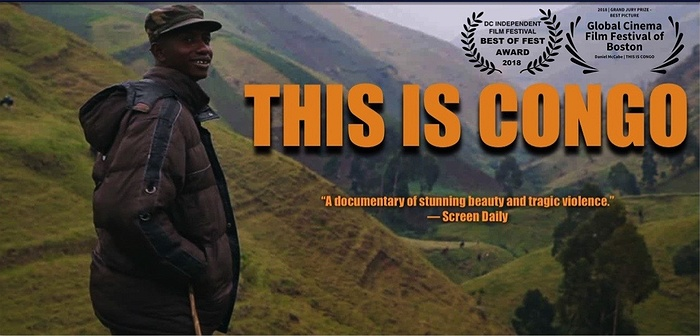
47/
Another is 2018 Nobel laureate Dr. Denis Mukwege, renowned for his work with survivors of sexual assault.
Dr Mukwege, outspoken over on the killings and war crimes in the Congo, now lives under UN protection after threats were made on his life.
bbc.com/news/world-afr…
Another is 2018 Nobel laureate Dr. Denis Mukwege, renowned for his work with survivors of sexual assault.
Dr Mukwege, outspoken over on the killings and war crimes in the Congo, now lives under UN protection after threats were made on his life.
bbc.com/news/world-afr…

48/
Today, even as China imports 90% of Congo’s Cobalt (used in lithium-ion batteries for electric cars), insecurity persists.
In Kasai for example, the Kamwina Nsapu (black ant) militia continues to visit ethnic violence, rape, murder & slavery upon the citizens of the region.
Today, even as China imports 90% of Congo’s Cobalt (used in lithium-ion batteries for electric cars), insecurity persists.
In Kasai for example, the Kamwina Nsapu (black ant) militia continues to visit ethnic violence, rape, murder & slavery upon the citizens of the region.

49/
New leaf?
The Kabila dynasty ended in Jan 2019 with the swearing in of Felix Tshisekedi, son of former PM, Étienne Tshisekedi.
This marked the first ever peaceful transfer of power to the opposition.
The jury is still out on his performance.
bbc.com/news/world-afr…
New leaf?
The Kabila dynasty ended in Jan 2019 with the swearing in of Felix Tshisekedi, son of former PM, Étienne Tshisekedi.
This marked the first ever peaceful transfer of power to the opposition.
The jury is still out on his performance.
bbc.com/news/world-afr…
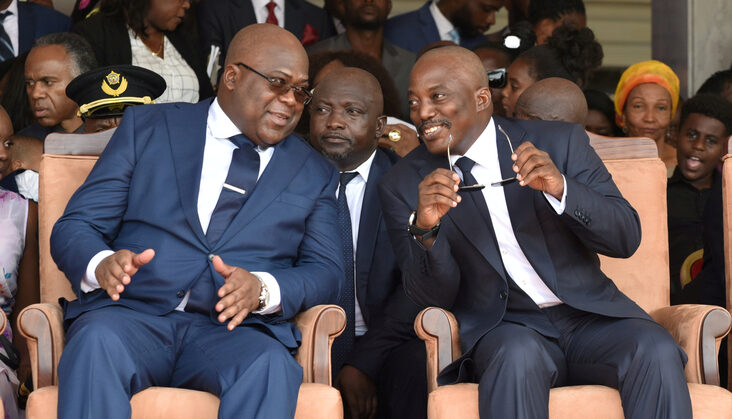
50/
“The day will come when history will speak. Africa will write its own history and in both north and south, it will be a history of glory and dignity.”
-PE Lumumba
Even as world attention turns briefly to the Congo, the story of this great nation remains far from complete.
“The day will come when history will speak. Africa will write its own history and in both north and south, it will be a history of glory and dignity.”
-PE Lumumba
Even as world attention turns briefly to the Congo, the story of this great nation remains far from complete.

• • •
Missing some Tweet in this thread? You can try to
force a refresh

